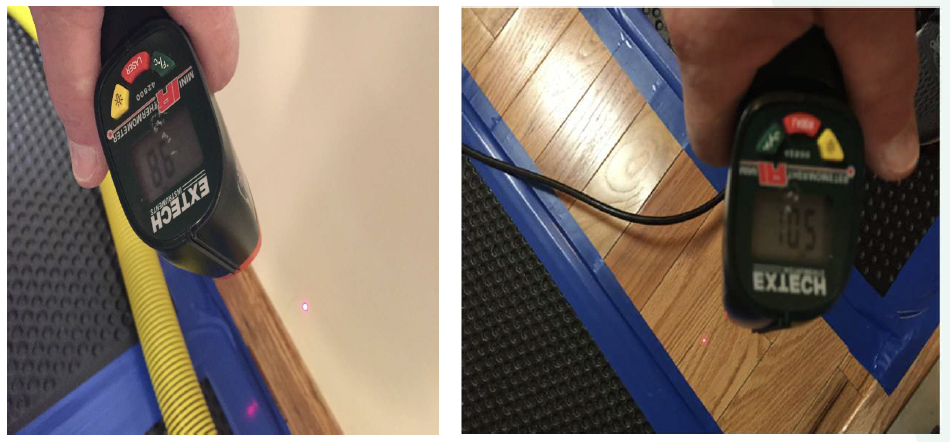Why Ongoing Monitoring & Recording of Readings Should Occur DAILY

Why Ongoing Monitoring & Recording of Readings Should Occur DAILY


Meet Ed
Instructor Ed Jones has over 30 years of experience in theindustry, has the title of MasterWater Restorer, is an Institute ofInspection Cleaning andRestoration Certification (IICRC)-approved instructor, and hasserved on the S500-2021consensus body committee todevelop the most recent standard.
The ANSI/IICRC S500-2021 Standard for Professional Water Damage Restoration is very clear that “Restorers should record and monitor relevant moisture measurements DAILY, preferably at the same time of the day, until drying goals are achieved.” When evaluating drying logs, I’m amazed at often restorers skip days of monitoring and taking readings, especially on weekends. The most common excuse I hear when questioned on why they didn’t take daily readings is they didn’t have access to the loss location. My response to that is how well did you articulate how important it is to take daily readings and adjust your drying plan, explaining that if you are not allowed to do that then the drying will take longer, thus inconveniencing everyone longer?
The restorer should provide a drying plan or scope of work after their initial inspection and once a signed work authorization has been obtained execute the plan. Having said that, it is critical to the drying progress that the plan be evaluated each day to make adjustments based on daily psychrometric and moisture content readings. I teach my students you can’t leave drying equipment, especially air movers, in the same spot throughout the drying process. You need to focus the hottest, driest airflow on the wettest materials each day to achieve the quickest drying possible.

The S500-2021 goes on to state, “If the monitoring does not confirm satisfactory drying, restorers should adjust the drying plan (e.g., equipment placement, type or quantity; target conditinos; limited intrusive measures to further expose structural materials for more efficient drying).” You can’t just place the drying equipment the first day and leave it in the same spot and remove it on the last day of drying. Have you ever noticed how all the equipment goes in on the first day and magically everything dries at the same rate so all the equipment is removed at the same time on the last day of drying?
That’s not how drying works, the porus affected materials the furthest away from the orgin of loss should dry first and drying equipment should be moved each day to focus airflow on materials that aren’t drying as quickly. You can also focus the drying on the smallest area possible by utilizing good containment to speed up the drying. The little things make a big difference in this industry and recording and evaluating the DAILY readings and then making adjustments to your drying plan is critical to achieve successful drying in the shortest time possible!
In cases where the affected materials are not drying properly the restorer should increase the vapor pressure differential as much as possible to speed up the drying. *See Getting EDucated Article on Vapor Pressure Differentials I call it Heat it Up, to Speed it UP! Provide energy in the form of heat to the wet material, as best possible, to increase the vapor pressure of the material while at the same time reducing the vapor pressure of the ambient air next to the material with dehumidification, creating good vapor pressure differentials, thus speeding up the evaporation process.
The S500-2021 states, "Restorers should manage ambient and surface temperatures in the drying environment dependent upon the drying system employed." In other words, use heat to speed up the drying process as much as possible, keeping in mind the limitations of the materials in the area being dried. I like to see at least 80 degrees F ambient air temperature in your drying chambers after the first 24 hours of drying and in tough drying situations wet surface temperatures as close to 100 degrees F as possible taken with an infrared thermometer. Record your daily wet surface temperature readings in your drying logs to help validate the length of drying time, including photos of your readings.




